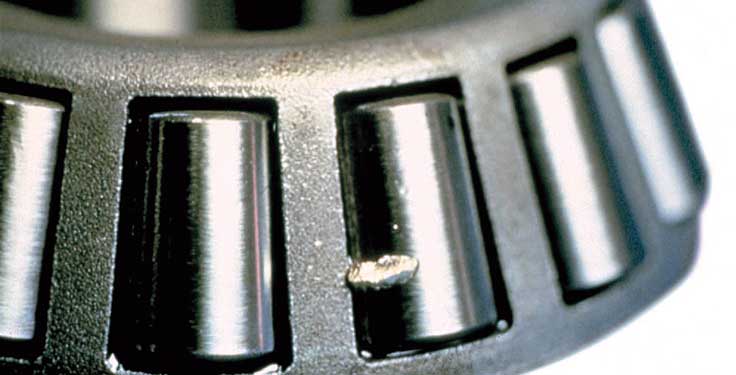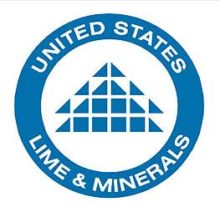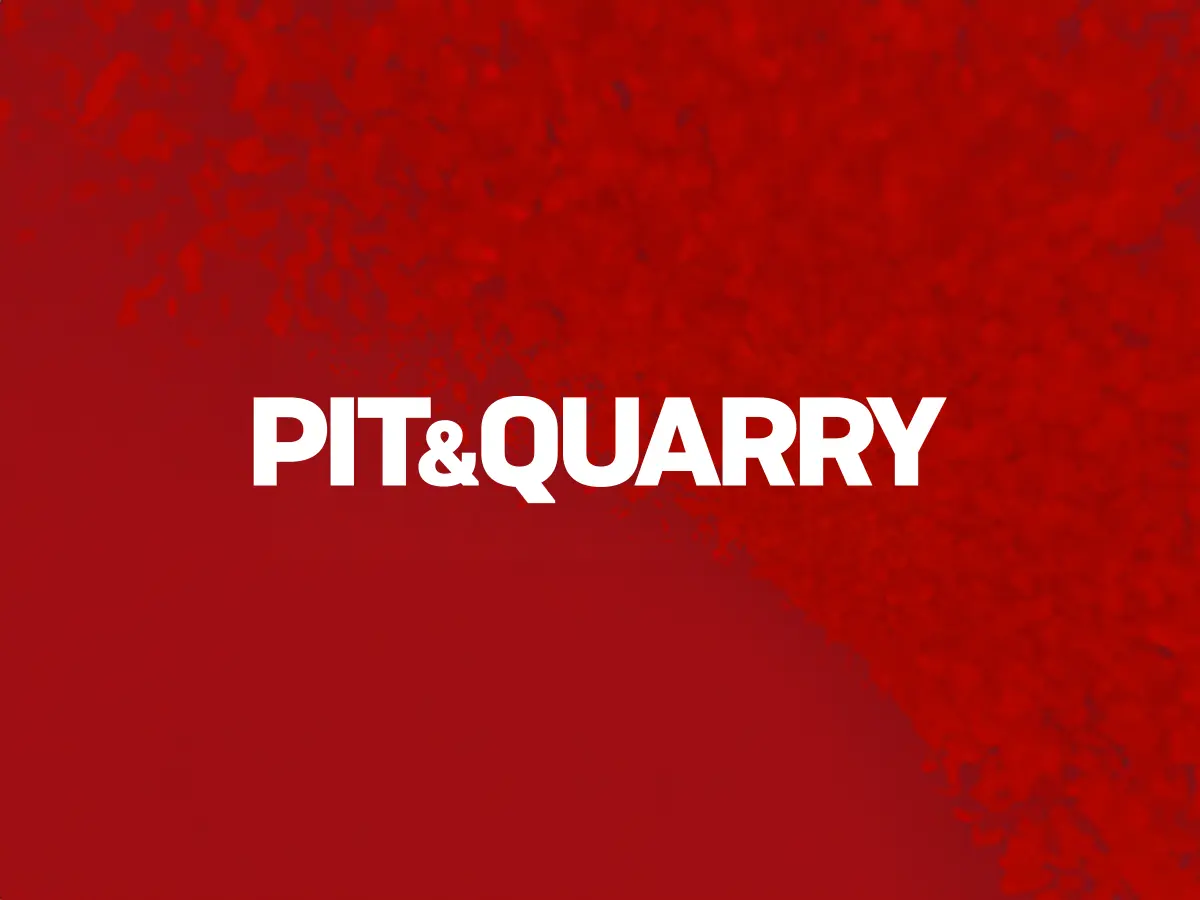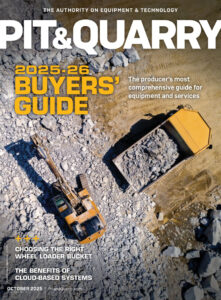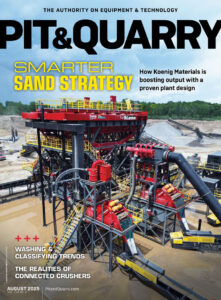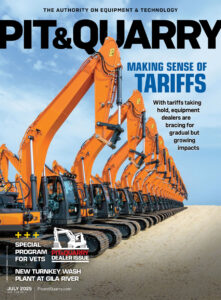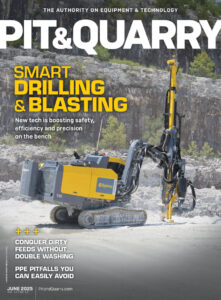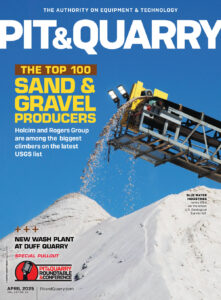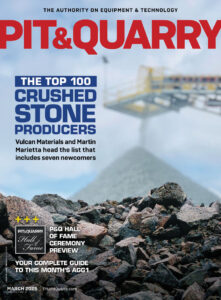An important part of bearing repair is properly diagnosing the root of the problem.
Below, take a look at the most commonly identified causes of damage for anti-friction bearings, including cylindrical, spherical, tapered and ball designs, taking you a step closer to solving your bearing maintenance issues.
Wear, abrasive contamination
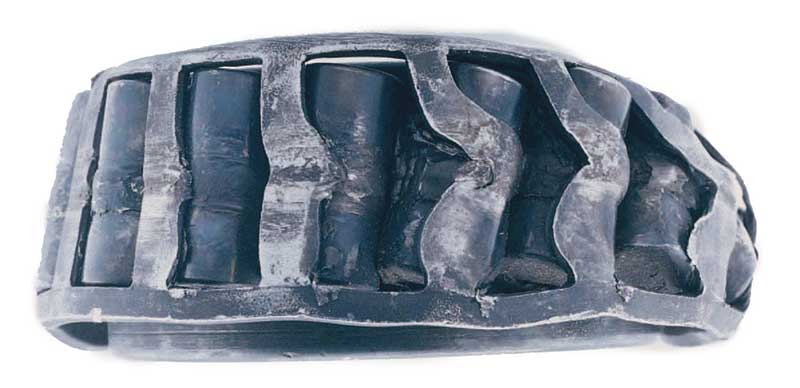
Foreign material (i.e., sand, fine metal) in the bearing can cause excessive abrasive wear. In tapered bearings, the roller ends and cone rib will wear to a greater degree than the races. This wear causes increased end play or internal clearance, which can reduce fatigue life and create misalignment in the bearing.
Wear, pitting and bruising
Hard particles (i.e., metal chips, dirt) rolling through the bearing may cause pitting and bruising of the rolling elements and races. These particles can travel within the lubricant, through the bearing and eventually bruise (dent) the surfaces. Raised metal around the dents acts as surface-stress risers to cause premature spalling and reduce bearing life.
Etching
Etching, or corrosion, is among the most serious problems anti-friction bearings encounter. The high degree of surface finish on races and rolling elements makes them more susceptible to corrosion damage from moisture and water.
Etching often results from condensate collecting in the bearing housing from temperature changes. Moisture can get in through damaged, worn or inadequate seals. Improperly washing and drying bearings can also cause considerable damage.
When preparing bearings for storage, wash and dry the bearings, then coat them with oil or another preservative and wrap them in protective paper. Always store bearings, new or used, in a dry area, and keep them in their original packaging to reduce the risk of static corrosion.
Inadequate lubrication
It’s important that the right lubricant amount, type, grade, supply system, viscosity and additives be properly engineered for each bearing system. Selection should be based on history, loading, speeds, sealing systems, service conditions and expected life. Without proper consideration of these factors, bearing and application performance may be underwhelming.
The following section outlines the progressive levels of bearing damage caused by inadequate lubrication:
Level 1: Discoloration
• Metal-to-metal contact results in excessive bearing temperature.
• High temperatures result in discoloration of the races and roller.
• In mild cases, the discoloration is from the lubricant staining the bearing surfaces. In severe cases, the metal is discolored from high heat.
Level 2: Scoring and peeling
• Insufficient or complete lack of lubricant.
• Selecting the wrong lubricant or lubrication type.
• Temperature changes.
• Sudden changes in running conditions.
Level 3: Excessive roller end heat
• Inadequate lubricant film results in localized high temperatures and scoring at the large ends of the rollers.
Level 4: Total bearing lockup
• High-localized heat produces metal flow in bearings, altering the original geometry and the bearings’ material.
This results in skewing of the rollers, destruction of the cage, metal transfer and complete seizure of the bearing.
Fatigue spalling
Spalling is the pitting or flaking away of bearing material. This primarily occurs on the races and rolling elements. The many types of primary damage referenced throughout this guide may eventually deteriorate into a secondary spalling damage mode. Three distinct modes are classified:
1. Geometric stress concentration (GSC) spalling. The causes include misalignment, deflection or edge loading that initiates high stress at localized regions of the bearing. GSC occurs at the extreme edges of the race/roller paths, or it can also be the result of shaft or housing machining errors.
2. Point surface origin (PSO) spalling. Very high and localized stress generates this type of damage. The spalling is typically from nicks, dents, debris, etching and hard-particle contamination in the bearing. It’s the most common type of spalling damage and often appears as arrowhead-shaped spalls, propagating in the direction of rotation.
3. Inclusion origin spalling. This damage, in the form of elliptically shaped spalls, occurs when there’s bearing material fatigue at localized areas of sub-surface, non-metallic inclusions following millions of load cycles. Due to improvements in bearing steel cleanliness in recent decades, encountering this type of spalling is unlikely.

